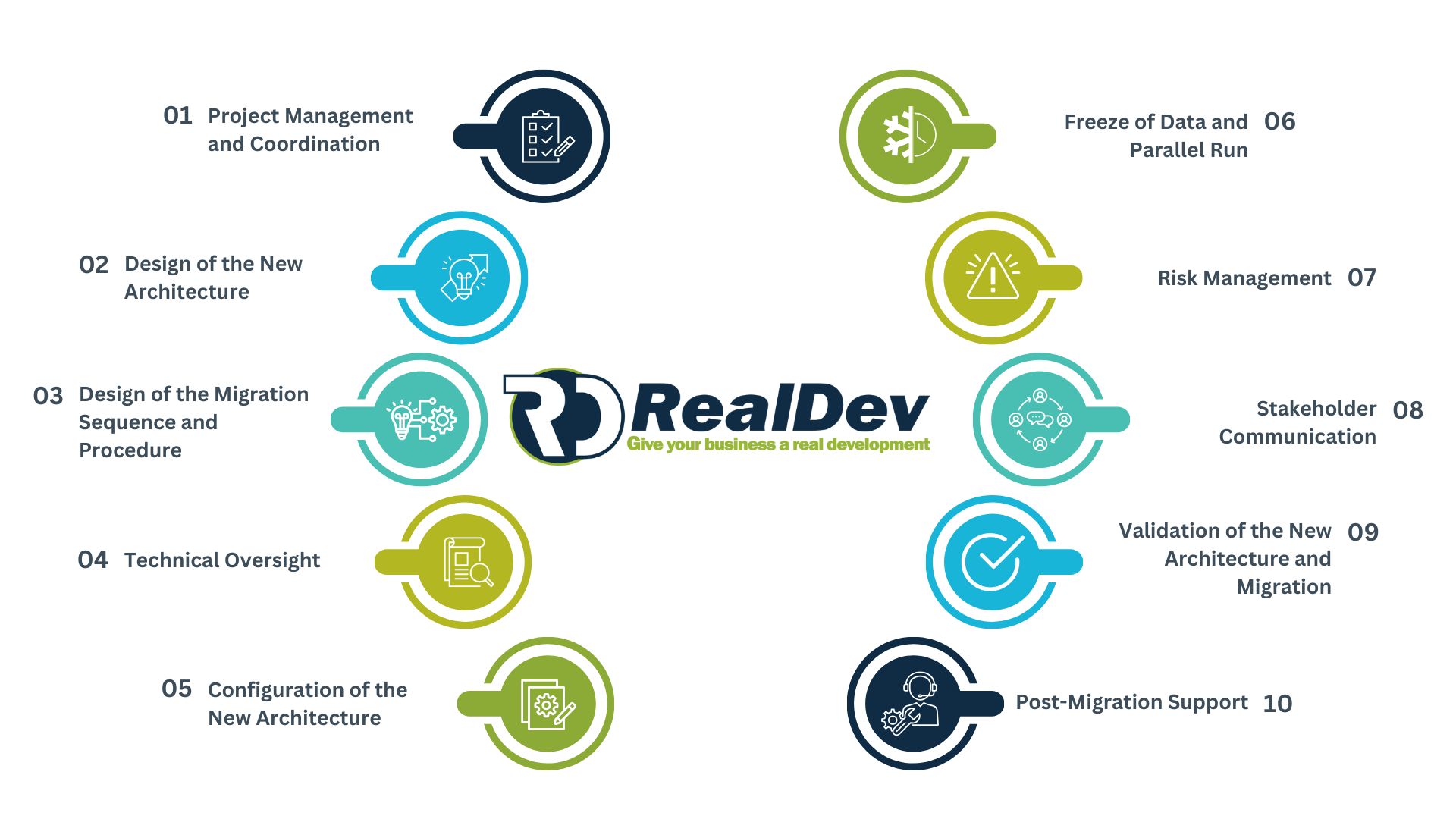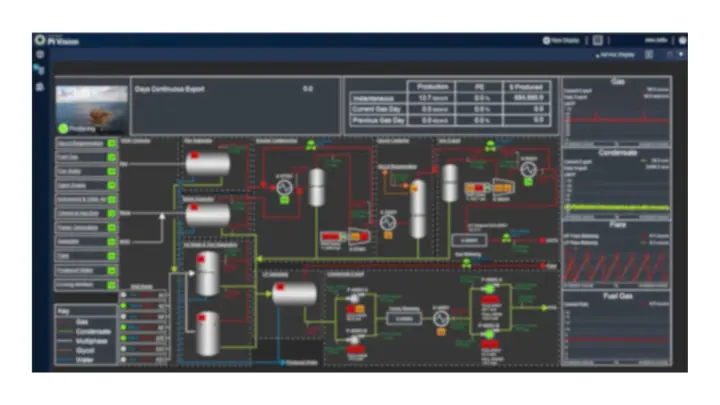
Target
Server migration program

Location
Belgium and France

Sector
Life Science

Duration
Ongoing (3 year project)

Budget
Confidentiel

Team
1 Project Manager
1 Project Coordinator
Project Context
Every transformation begins with a challenge, and this was no exception. Our client, an industry leader, needed to modernize their operational infrastructure. Their OSI PI system, housed in the IT network, struggled to meet OT demands, causing inefficiencies and security risks. The aging Legacy IT data infrastructure further highlighted the urgency for change.
Migrating OSI PI to the OT environment while restructuring Legacy IT data was a complex task requiring precision and continuity. Though not the original integrators, the client trusted us to lead this ambitious transition, leveraging our technical expertise for a seamless migration.

Our Mission
Au cœur de cette entreprise se trouvait un objectif clair : piloter, gérer et coordonner tous les aspects du processus de migration. Notre rôle n'était pas seulement technique mais aussi stratégique : aligner les parties prenantes, gérer les risques et fournir une solution à l'épreuve du temps qui soutiendrait l'activité du client pour les années à venir.

Specification and Planning
1. Project Management and Coordination
With an accelerated timeline, we led the OSI PI migration project, breaking it into clear milestones for steady progress. Our goal was timely completion while maintaining quality and security. We coordinated Legacy IT data integration into the new infrastructure, ensuring connectivity between historical and operational data. A scalable architecture was also designed to meet both current and future needs.
Design
2. Design of the New Architecture
A new vision demands a new design. Our engineers created an architecture bridging IT and OT, ensuring robustness, security, and compatibility. We planned for a hybrid infrastructure during the transition with clear separation between systems. The design included high availability, minimizing disruption during migration, and supporting both OSI PI and Legacy data integration.
3. Design of the Migration Sequence and Procedure
Every journey needs a map, and for this project, it was our migration plan. We created a detailed, step-by-step strategy to control risks and maximize system availability. Each phase, from data transfer to validation checks, was pre-planned, with contingency measures to ensure continuity through any challenges.
Implementation
4. Technical Oversight
The technical integrity of both OSI PI and Legacy systems was crucial. Our experts performed detailed assessments at each stage, ensuring alignment with OT network standards. This scrutiny allowed us to address potential issues early and uphold industry best practices during Legacy data migration.
5. Configuration of the New Architecture
Designing the architecture was just the beginning; configuring it for real-world use was key. Our team set up the new infrastructure, including intermediary servers to support Legacy data migration and ensure compatibility between system versions. We accounted for every detail, from security to performance optimization, laying the foundation for a smooth migration.
6. Freeze of Data and Parallel Run
A critical moment in the project was the data "freeze," preventing new data during migration to ensure consistency. We then ran a "parallel test," where the new system operated alongside the legacy one. This stress test ensured the new system mirrored the old in real-time, providing a safety net before the full cutover.
Validation and Delivery
7. Risk Management
Every project carries risks, and success lies in managing them. Data loss, security issues, and system disruptions were potential threats during migration. To mitigate these, we implemented a proactive strategy with regular backups, failover plans, and validation protocols, turning risks into manageable challenges.
8. Stakeholder Communication
Clear communication was key with so many moving parts. Our project managers provided consistent updates to all stakeholders, from senior leadership to technical teams, keeping everyone informed of the status, risks, and milestones. This alignment ensured smooth progress toward shared objectives, without surprises.
9. Validation of the New Architecture and Migration
After the data freeze and parallel run, we performed final validation to ensure the new architecture functioned as planned. Our team conducted performance tests, data checks, and security assessments, verifying every system element. Only after this thorough review did we declare the migration complete and start decommissioning the Legacy systems.
10. Post-Migration Support
The journey continued with our support team monitoring and optimizing the new OSI PI system during the "hypercare" phase, ensuring seamless operations. We also supported the fully integrated Legacy system to maintain long-term efficiency.

A Story of Innovation and Transformation
This project was more than a migration, it was a transformation. Over two years, we worked with integrators, electricians, and the equipment manufacturer to turn a complex challenge into success.
The result? A future-proof OSI PI system, seamlessly integrated with the OT network and modern infrastructure.
RealDev’s expertise in system migration—planning, coordination, and risk management—ensures not just data movement but business growth. When facing complex challenges, you’re not alone.
With RealDev, you have the expertise to turn obstacles into opportunities.